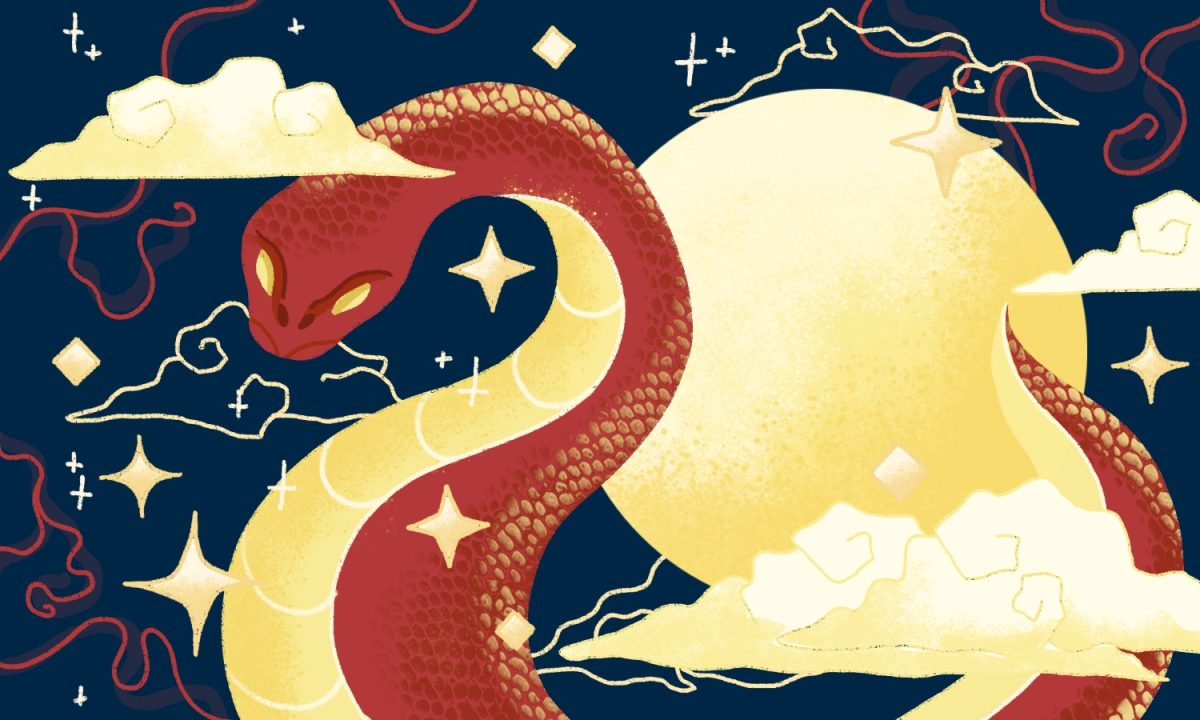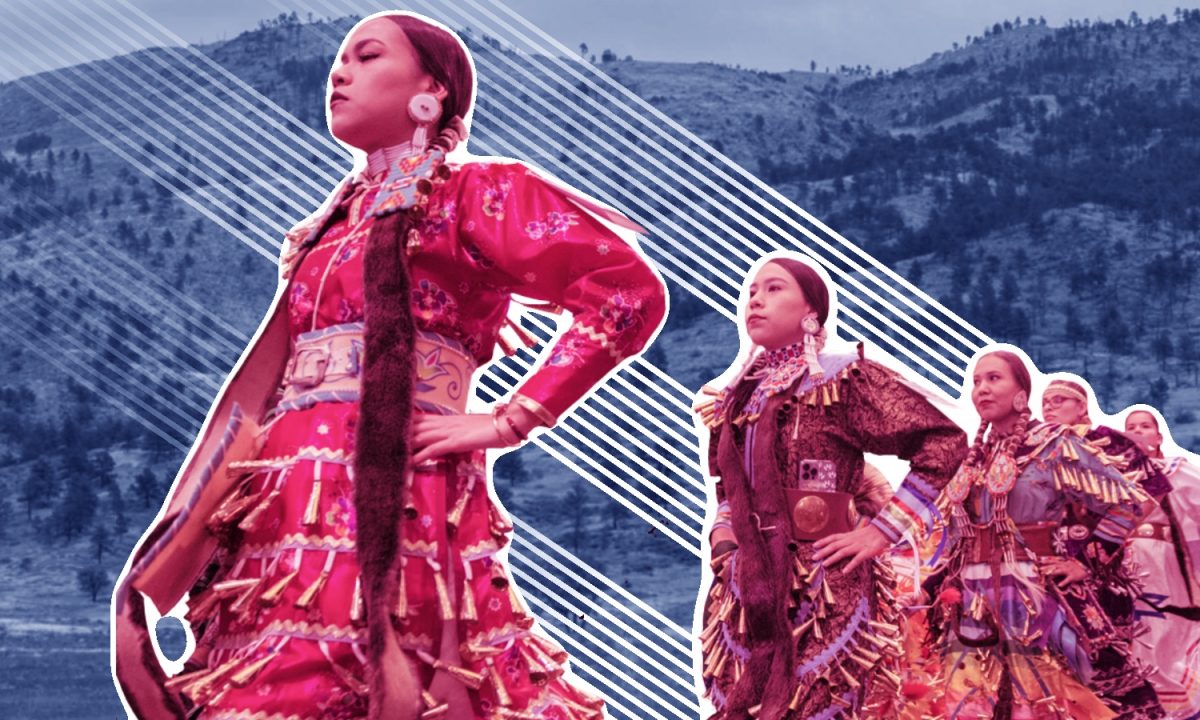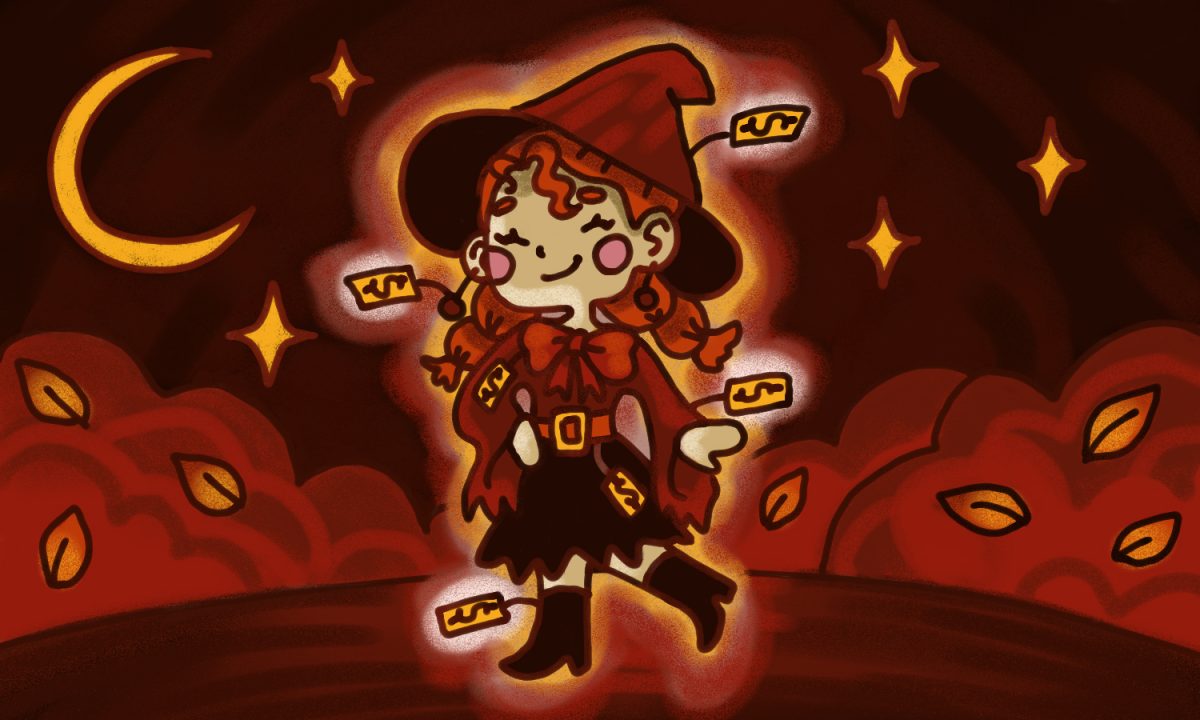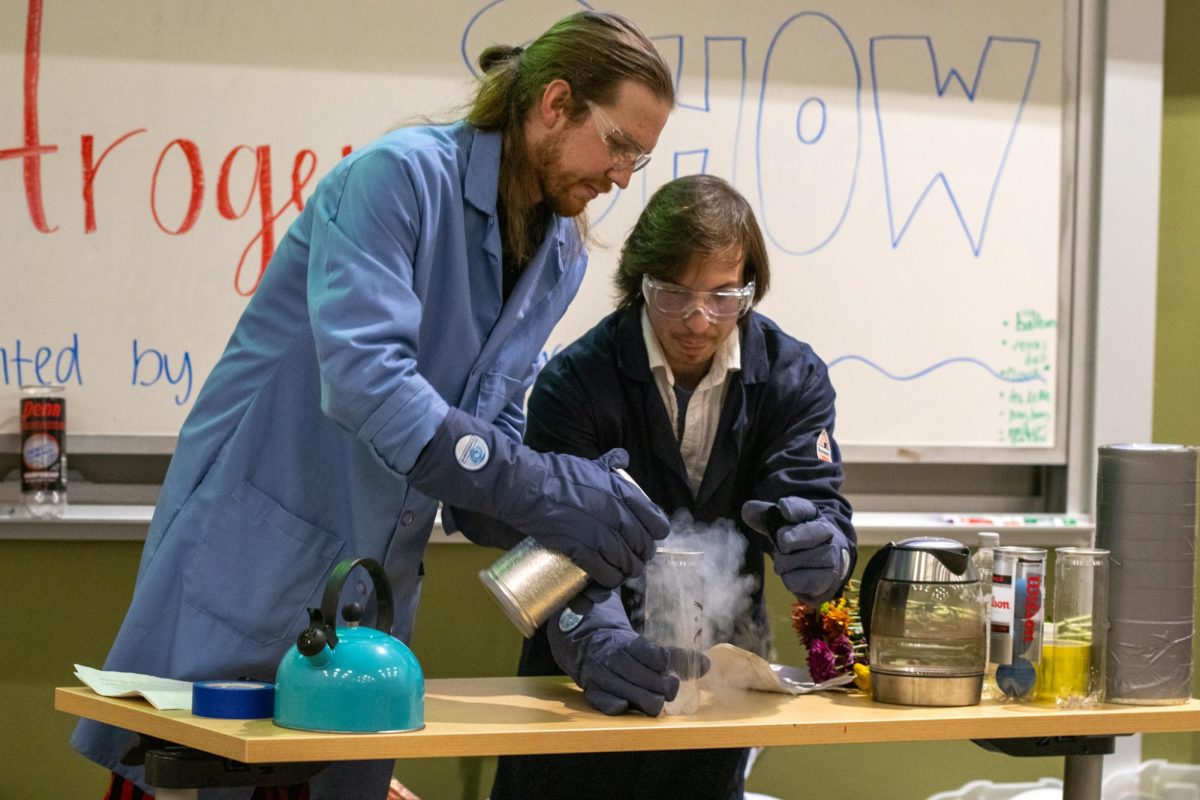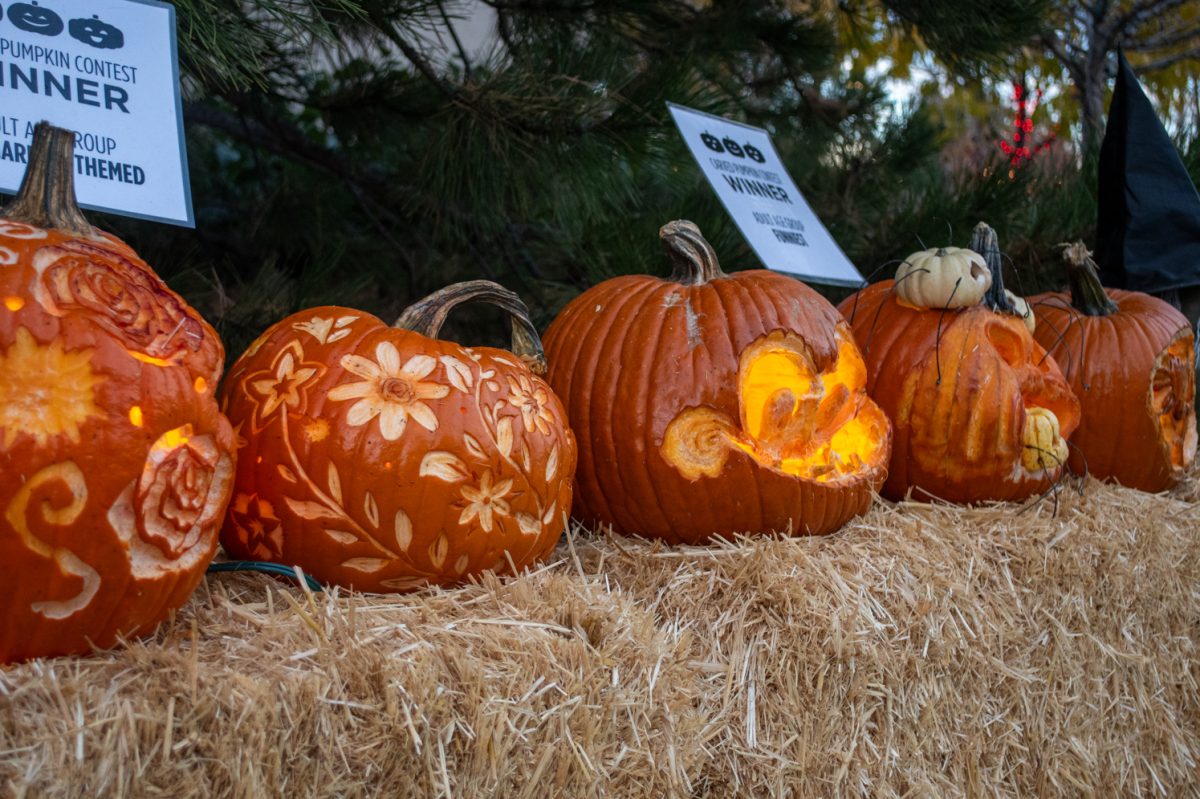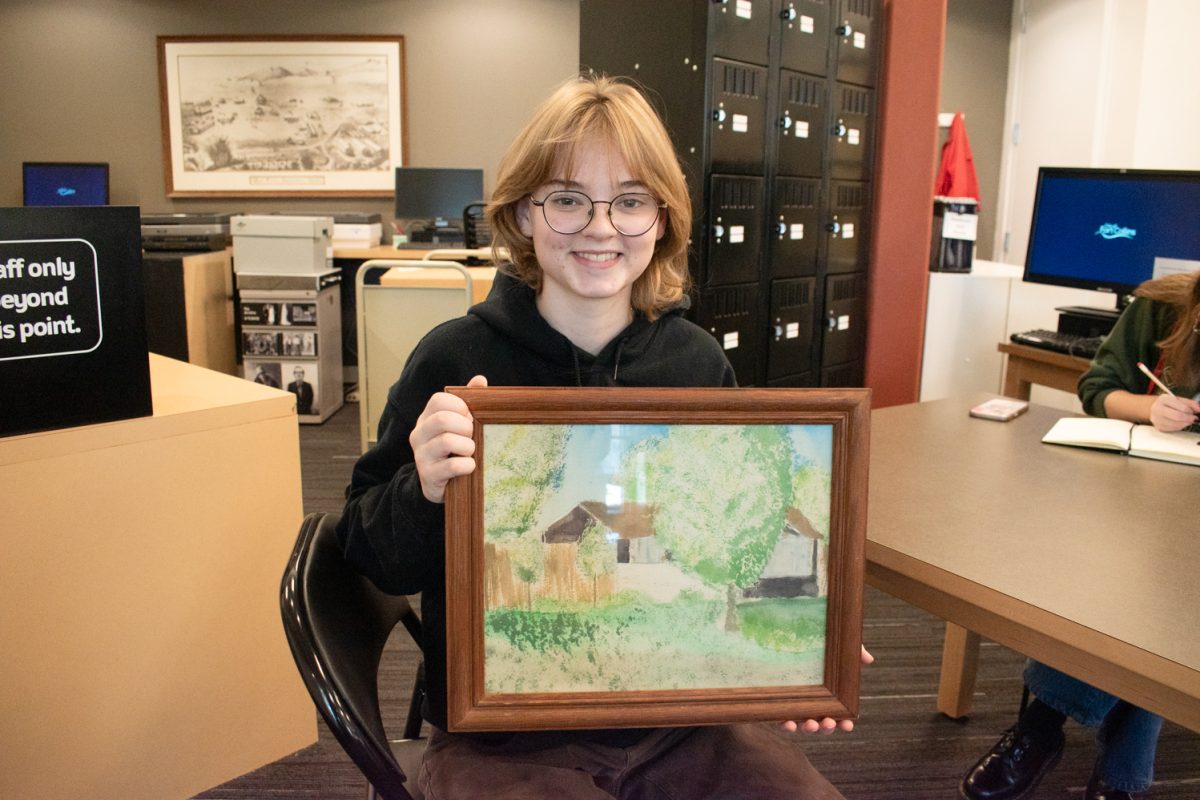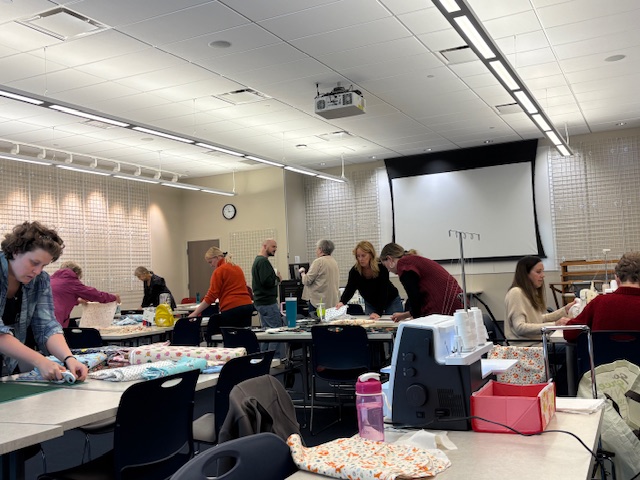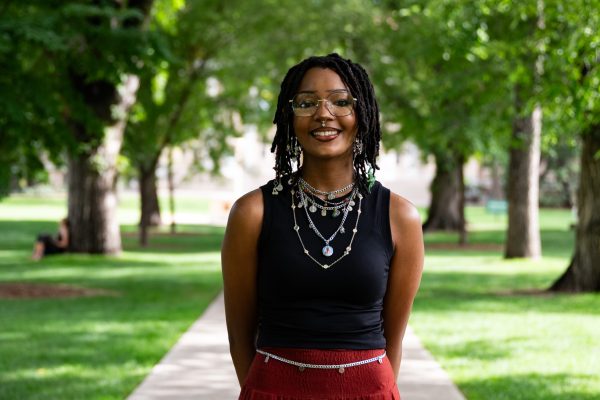The Colorado State University Asian Pacific American Cultural Center held a Lunar New Year celebration Jan. 29 in the Lory Student Center.
The holiday is a festivity based on lunisolar calendars derived from the moon and sun. The celebration typically lasts around 15 days.
Angel Tejawijaya, one of the event organizers and a senior at CSU, talked about the importance of the Lunar New Year to her family.
“The significance of Lunar New Year is to bring each other together — it’s about community, family and food. For Vietnamese New Year, we eat 10 meals to signify the importance of being with family and sharing food. For Chinese, they stay up all night, and they eat vegetarian dishes to signify a good health.” -Lilianna Nono, junior
“I’ve always celebrated with friends and family,” Tejawijaya said. “Everything is about starting off fresh, and we always have a big family dinner. And what my family does is we always get new pajamas, even matching.”
Another student, Richard Tran, spoke about how his family celebrates the holiday.
“We usually have a meal together,” Tran said. “But this year, they’re off in Hong Kong visiting family, so I came to this event to celebrate.”
The celebration originates from the zodiac wheel, which marks 12 different animals across 12 years. According to legend, the Jade Emperor — who some contended was the Buddha — held a race between several animals on his birthday, and the first 12 animals now determine the zodiac wheel. Most start with the dragon, but some start with the rat, depending on the legend.
The snake marks the year of 2025, making this the zodiac animal for people born in 1989, 2001, 2013 and so on.
Lunar New Year symbolizes a new start and a fresh beginning — similar to the idea of New Year’s Day in different cultures. The holiday keeps cultural traditions and customs alive.
“The significance of Lunar New Year is to bring each other together — it’s about community, family and food,” CSU junior Lilianna Nono said. “For Vietnamese New Year, we eat 10 meals to signify the importance of being with family and sharing food. For Chinese, they stay up all night, and they eat vegetarian dishes to signify a good health.”
And the celebration continues all throughout Asia, including in both North and South Korea, where they celebrate Korean Seollal.
“For Korea, they may celebrate for about two to three days,” CSU veterinary student Billy Poon Wing Bill said. “(For them), it’s more about celebrating and offering to their ancestors.”
Across many cultures, a clean house is believed to rid the dwellings of all bad and evil spirits. The loud noises during the dragon and lion dance and the firecrackers are also believed to ward off evil spirits.
Food also represents key components of the Lunar New Year.
“Dumplings are for wealth, fish for abundance (and) sweet rice bowls for unity,” Nono said.
One of the key components of this celebration is the color red. Red symbolizes joy and good fortune in many Asian countries, making it a staple color for decorations. Meanwhile, gold represents wealth and health. The decorations included lanterns, envelopes and streamers.
More Lunar New Year festivities include family reunions and parties, parades, lion dances and lighting firecrackers. Macaraeg said the use of firecrackers tells the story of Nian, the Lunar New Year dragon.
“(The dragon) came once every year to feast on the villagers,” Macaraeg said. “So one year, a traveler came and told them, ‘You need to wear red and make a lot of noise.’ What ended up happening was the night that Nian was going to come, the villagers wore red, made a lot of food and (set off firecrackers). So that was the last year. The dragon died because it starved to death, so they started to do this every year to celebrate.”
Reach Rebekah Barry at life@collegian.com or on Twitter @CSUCollegian.


